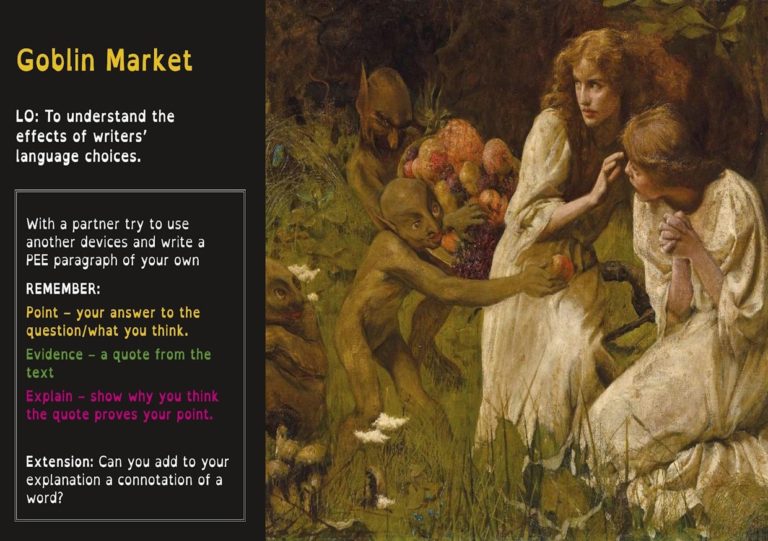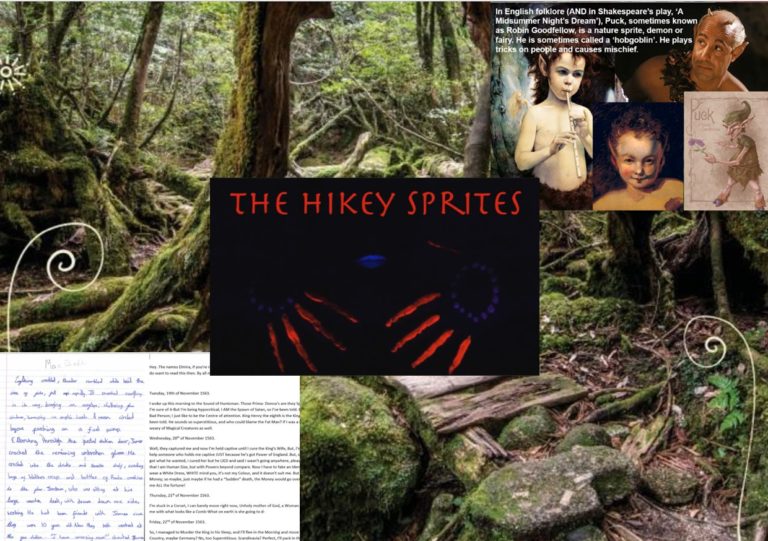Respected collaboration between passionate and committed staff.
#374
Curriculum Bridging Project (Transition Year 6-7)
A scheme of work and full set of lesson plans and high-quality resources for primary and secondary schools, designed to ensure continuity across the key stage 2 and 3 English curriculum on transition to secondary school.
Audience
Head Teachers / School Leaders, School TeachersAimed at
KS2Outcome
Literacy, Numeracy, Raising Attainment, TransitionApproach
Place BasedWhy was the project needed?
Primary schools shared feedback that there is a lack of academic rigour and continuity between the Year 6 and Year 7 curriculum. Some young people find the move between different phases of education a struggle and can experience a dip in attainment. They can also struggle with the new school environment.
What happened and what was the impact?
A group of primary and secondary school teachers worked to create a bridged curriculum project that could be used as a set of resources that link Year 6 work to the work children will do when they move up to Year 7. Additional funding from the Norwich Opportunity Area (NOA) enabled the work to be accompanied by professionally designed materials and resources and video recordings by professional actors to support the lesson plans and reading. The NOA commissioned Naked Marketing to produce the resources and HighTide to produce the video recordings.
Teachers in the key subjects of Maths and English took part in inter school visits to better understand where the standard of teaching and content of these subjects overlapped in both Year 6 and Year 7. Teachers visited and observed each other’s Year 6 and Year 7 lessons. Following these observations teachers had the opportunity to discuss what they had observed.
A follow up meeting of all participating staff, drew out a passionate group of teachers who wished to volunteer to create a specific English curriculum for Year 6 into Year 7 based on their findings and a deeper understanding of each other’s work.
This team met regularly together over Spring Term 2020 and created a set of online resources for both primary and secondary schools. Their time was paid for by the NOA at a set fee. Additional resources from Naked Marketing and HighTide, such as design work and dramatisations, were commissioned and paid for by the NOA.
The primary age project was to run over ten lessons in the summer term post SATS, and the high school element was to run over ten lessons from the start of the Autumn term. The outcome of the primary work was to be a quality piece of written work by the Year 6 students that would be sent on to their new high school. The Covid-19 lockdown meant that the original plan was disrupted but the work was found to be accessible online, which was a good option for primary schools to access in the summer 2020 lockdown.
What did and didn't work?
Investment in collaboration between secondary and primary schools creates engaging resources for both phases that supports children with their transition and champions children’s success.
The collaboration between the committed primary and secondary schools and their staff was exemplary. The result of this collaboration was a truly user friendly, high quality and comprehensive set of resources. These resources are available for other education settings to make use of and can be found in the resources section below.
We would have liked to have shared the resources and project with more secondary schools and hope to in the future. Some primary schools did not sign up to the project because the secondary school their students moved on to did not participate. In future, we would suggest the secondary schools involved make contact with their feeder primary schools to share the project and ask them to be involved.
Covid-19 made it harder to properly introduce schools to the materials as face-to-face meetings weren’t possible and there were other significant pressures on schools. It was hard to measure the impact of the project, in the future we would ensure schools shared data about their new Year 7 intake to track and compare the potential impact of this work.
How did you measure success?
Covid-19 disruption meant that follow-up work to track the impact of the project was difficult but early anecdotal feedback found it to be extremely helpful in engaging students with learning in Year 7. This included students that had not participated in the project at their primary school. This is important to note as it suggests the project had correctly ascertained an engaging theme and level of learning for participating Year 7 students. One school outside of the NOA, had found and used the resources and reported they found them to be so excellent they would use them again.
Wisdom
Ingredients For Success
Is the Project Complete or Ongoing
The NOA Curriculum Bridging Project is now complete but the resources developed through the project are still available for sharing amongst schools.
How is the Project Sustainable
The materials created are free and available online on multiple websites, including this hub, hopefully ensuring the sustainability of what came out of this particular curriculum bridging project. Sustainability is obviously dependent on educators and practitioners being aware the resources exist, sharing them and, when needed, updating them to reflect changes in the curriculum. We have learnt from COVID-19 that having materials available online is useful for both for home learning and classroom learning.
In future, it is dependent on secondary schools to share the resources with their feeder primary schools and find ways they can link and collaborate on delivering their own curriculum bridging projects. A rigid adherence to the ten lessons post SATS may not be practical for all schools. Alternatively, it could be that secondary schools choose to use the primary element in any summer schools or transition work to enable all students to access the resources before the start of Year 7 as originally planned.
What are the Long Term Impacts
That the resources will continue to be used to benefit schools to support children to transition more effectively from Year 6 to Year 7.
Estimated Costs
The project was funded by the Norwich Area Opportunity Team. Total approximate cost, including paying for the professional creation of resources, was £7430. Dedicated teachers volunteering their time was also essential to the completion of the project.
The resources provided by Norwich Opportunity Area were excellent – very comprehensive with a good range of reading material for our students. Teachers and students have responded really positively to it.
Head of English, Thorpe St Andrew School, Norwich
We have been fortunate to have benefited from the Norwich Opportunity Area (NOA), with transition being one of the supported areas. As part of the NOA Transition group’s wider aims and activities, we were encouraged and enabled to set up a series of visits – local primary school teachers visited the secondary schools and vice versa. Much was learnt from the visits, but the most important element of these events was the conversation that emerged organically between colleagues.
Hannah Boag, Assistant Headteacher for Teaching and Learning, City Academy Norwich
Area Most Impacted
Inclusion
Improving Attainment
Transition
Next steps to do something similar yourself
These are a list of Big Idea resources that you can use to implement in your setting:
The Curriculum Bridging Project resources are part of the legacy of the NOA and are available for ANY school to use. Please download any resources you wish. However, they are only to be used by your school for teaching, this can include sending them for home-learning via your school learning platform or email. The stipulation from the creators of the videos is that they are not to be shared or disseminated freely over social media:
Watch these two webinars (primary schools and secondary schools) and accompanying slides for an introduction to the English Bridging Project:
An Introduction to the Secondary English Bridging Project - Webinar
Read Hannah Boag’s Blog post on creating a curriculum bridging project. Hannah is the Assistant Head Teacher for Teaching and Learning at City Academy Norwich:
Read the EEF Guidance Report on Improving Literacy in KS2 here
Read the EEF Guidance Report on Improving Literacy in Secondary Schools here
Read the EEF Guidance Report on Improving Maths in KS2 and 3 here
Champions and contacts
Authors
Hub Contact Details
Marketing
City Academy Norwich, Bluebell Road
Norwich, Norfolk
NR4 7LP
18 Market Place
Hingham, Norfolk
NR9 4AF
24a St John Street
London
EC1M 4AY



If you've got any thoughts and ideas of how this approach could be improved or an positive impact it's had for you, add them below
Login or register now to post any comments